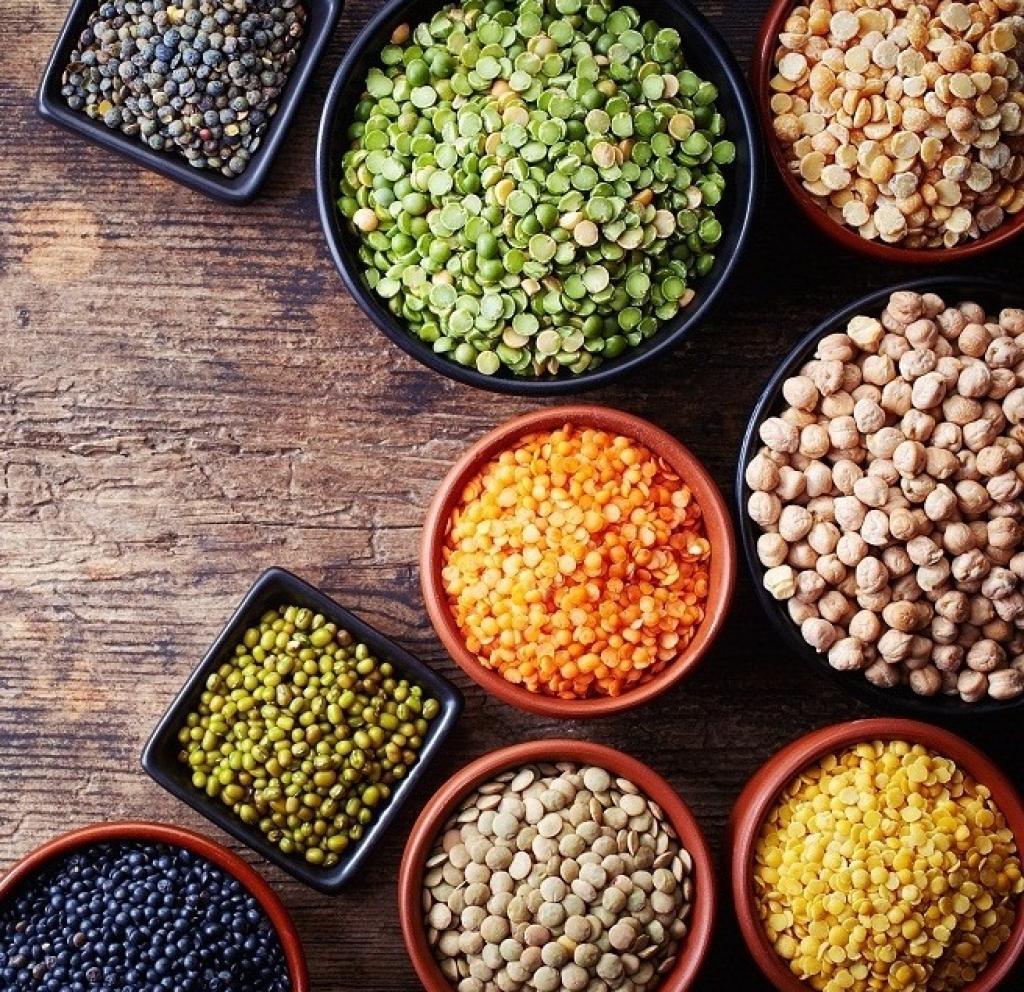Context:
The Centre is committed to procuring pulse production at Minimum Support Prices (MSP) to ensure crop diversification and achieve self-sufficiency.
More on the news
- The Government is committed to procuring Tur, Urad and Masur pulses at MSP for farmers registered on the e-Samridhi portal.
- e-Samridhi portal has been launched through the National Agricultural Cooperative Marketing Federation of India Ltd. (NAFED) and National Cooperative Consumers’ Federation of India Limited (NCCF) for the registration of farmers.
- The country is not self-sufficient in the production of Tur, Urad and Masur pulses and aims to achieve self-sufficiency by 2027.
- The country has achieved self-sufficiency in green gram (moong) and gram (chana) and has reduced dependency on imports from 30 percent to 10 percent during the last 10 years.
- The new Model Pulses Village scheme is being rolled out during the current Kharif season.
- The Government of India has opened 150 Pulse Seed Hubs and Cluster Front Line Demonstrations (CFLDs) are being given by the ICAR in the low productivity districts.
- State Governments are requested to utilize the fallow lands for pulses after the rice crop is harvested.
- State Governments are asked to take up inter-cropping of Tur in a vigorous manner.
- Climate-resilient varieties and short-duration varieties need to be developed so that the effects of climate change can be countered.
India’s status of pulse production
- India is the largest pulse-producing country in the world.
- During the last five years (2018-19 to 2022-23), total pulses production has increased by 18%.
- Based on the production estimates for the year 2022-23, Madhya Pradesh, Maharashtra and Rajasthan are the top three pulses producing states in the country.
Other Government efforts to enhance pulse production
- The State Governments appreciated the efforts being made by the Centre through the National Food Security Mission (NFSM) and assured of full cooperation.
- “Pulses Development Scheme” a Centrally Sponsored Scheme, was initiated from the IVth Plan (1969-70 to 1973-74)
- Seventh plan (1985-90): conceived the National Pulses Development Project (NPDP), merging all the earlier centrally sponsored schemes on pulses
- The states can promote pulses under Rashtriya Krishi Vikas Yojana (RKVY) with the approval of the State Level Sanctioning Committee (SLSC) headed by the Chief Secretary of the State.
- Government implements an umbrella scheme PM-AASHA comprising Price Support Scheme (PSS), Price Deficiency Payment Scheme (PDPS) and Private Procurement Stockist Scheme (PPSS) in order to ensure Minimum Support Price (MSP) to farmers for their produce of notified oilseeds, pulses and copra.

